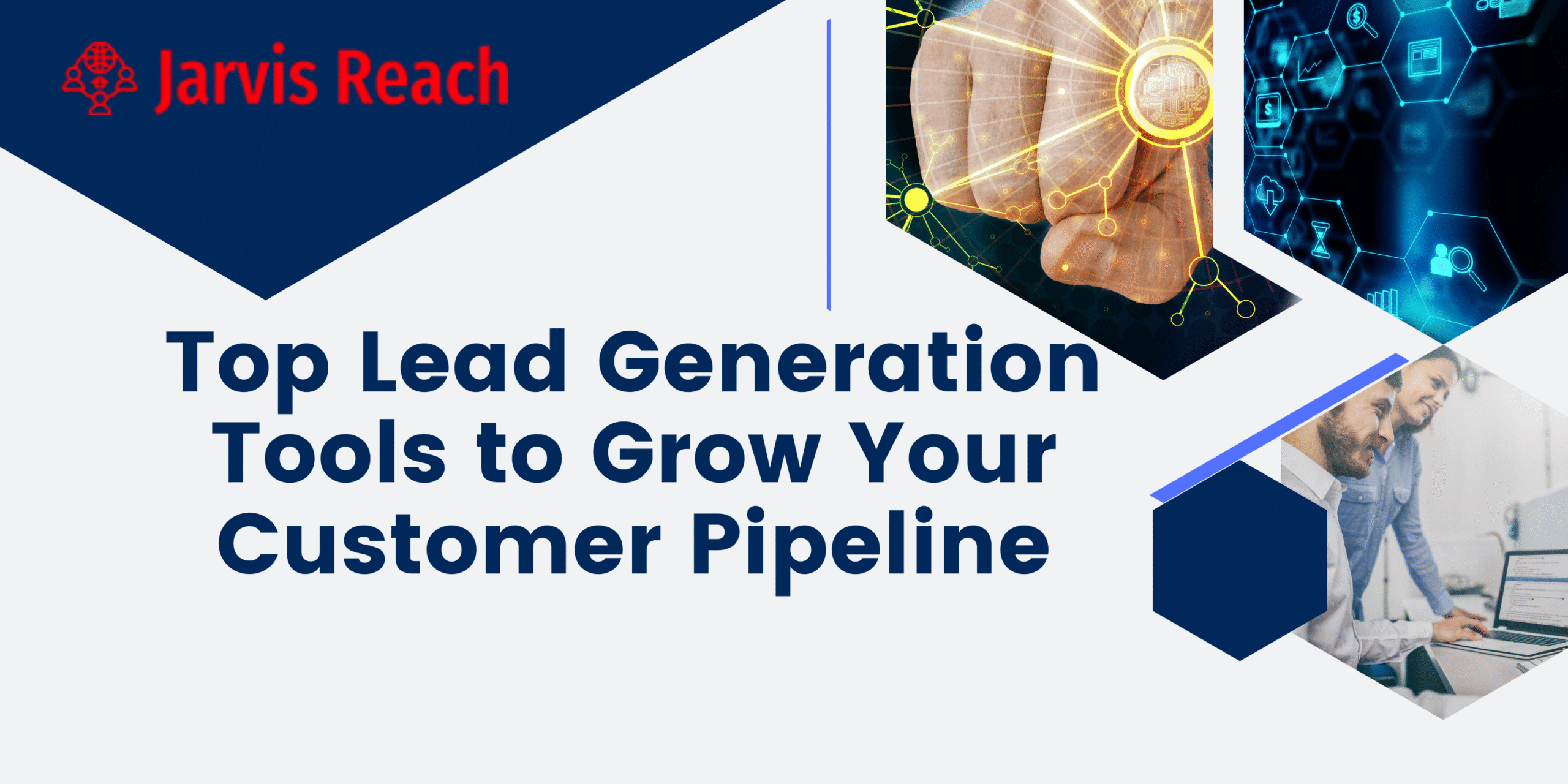Introduction: The Dream of Free, Quality Leads
Imagine this: you’re sitting at your desk, coffee in hand, scrolling through endless marketing advice, and wondering, “Is it really possible to find high-quality leads without spending a fortune?” For many small businesses, startups, and IT professionals, the challenge of generating leads is real. Budgets are tight, and yet, the need to grow your customer base never stops.
The good news is yes—it’s absolutely possible. Lead generation strategies don’t have to drain your wallet. With the right mindset, a mix of free lead generation tools, and a pinch of creativity, you can build a steady stream of potential customers. In this article, I’ll guide you through actionable ways to generate leads online using free resources, clever automation, and strategic inbound marketing—so you can fill your pipeline without spending a single dime.
Step 1: Understand Your Target Audience
Before diving into lead generation software or tools, you need to know exactly who you’re trying to reach. High-quality leads don’t come from random lists—they come from understanding your ideal customer. Start by asking:
- What industries or niches are they in?
- What challenges or problems do they face daily?
- Which online platforms do they use most?
Knowing this helps you choose the right B2B lead generation tools and informs your messaging. For example, a SaaS company targeting IT managers might focus on LinkedIn groups, tech forums, or relevant webinars, while a local service provider might lean on community groups and free local directories.
Think of it as fishing in a stocked pond instead of the open ocean—you’ll catch far more leads that are actually interested in what you offer.
Step 2: Leverage Free Lead Generation Tools
The good news? You don’t need a huge budget to start capturing leads. Free lead generation tools can help you find prospects, collect emails, and even automate some outreach. A few standout options include:
- LinkedIn Sales Navigator Lite (Free Version) – Perfect for finding decision-makers and building professional connections in your niche.
- HubSpot CRM – Offers a free CRM to track contacts, schedule follow-ups, and manage your leads effectively.
- Hunter.io – Quickly discover professional email addresses associated with specific companies or domains.
- Mailchimp Free Tier – Allows you to send automated campaigns and track engagement without spending money.
The key is integration. Don’t just gather emails; use automated lead generation software features to follow up consistently, track engagement, and segment contacts. This ensures your leads are nurtured effectively without turning the process into a full-time job.
Step 3: Automate Without Losing the Human Touch
Automation can be a game-changer. Tools like Zapier, free versions of Mailchimp, and HubSpot CRM let you set up automated workflows that handle repetitive tasks—like sending welcome emails, following up after downloads, or tracking engagement.
But here’s the catch: automation should enhance, not replace, personal engagement. A generic message sent to 1,000 contacts might feel spammy. Instead, personalize your outreach whenever possible. Even simple touches like addressing a lead by name or referencing their company can dramatically increase response rates.
By combining automation with personalization, you can maintain a human touch while saving hours of manual work—a perfect example of lead generation strategies done right.
Step 4: Optimize Inbound Marketing for Lead Generation
Some of the best leads are the ones that come to you. Focusing on inbound marketing for lead generation means creating content and experiences that attract prospects naturally. Here’s how to start:
- Content Marketing: Write blog posts that solve problems your target audience faces. Optimize for relevant keywords and make content easy to share.
- Lead Magnets: Offer free resources like ebooks, checklists, or templates in exchange for email addresses.
- Social Media Engagement: Share insights, participate in discussions, and provide value in LinkedIn groups, Reddit threads, or niche forums.
The beauty of inbound marketing is that your leads are already interested—they’ve found you. That interest often translates into higher-quality leads that are more likely to convert.
Step 5: Explore Creative Lead Generation Strategies
Sometimes, the best results come from thinking outside the box. Beyond traditional tools and automation, consider these strategies:
- Networking in Industry Communities: Slack groups, Discord servers, and niche forums are gold mines for engagement. Offering genuine advice builds trust and often leads to high-quality connections.
- Webinars and Live Demos: Hosting free webinars or demos allows potential leads to experience your expertise first-hand.
- Referral Programs: Encourage current contacts to refer others—word-of-mouth is a powerful, free lead generation tactic.
Pairing these creative approaches with the best lead generation tools gives you a balanced strategy that mixes technology with personal connection.
Step 6: Track, Measure, and Improve
Even with free tools and strategies, nothing works forever without evaluation. Use your lead generation software to track:
- Number of new leads generated per channel
- Engagement rates with emails or content
- Conversion rates from lead to customer
Regularly analyzing results helps refine your approach. Maybe LinkedIn produces the most qualified leads, while email campaigns underperform. This insight allows you to allocate your efforts wisely—even on a zero budget.
Conclusion: Start Small, Think Big
Generating high-quality leads without spending a dime isn’t just a dream—it’s achievable. Start by understanding your audience, pick one or two free lead generation tools, and experiment with lead generation strategies like inbound marketing, automation, and creative networking.
Remember, even small steps compound over time. Each lead you nurture, each email you send, and each community connection you make builds toward a robust, cost-effective pipeline. Your journey toward successful lead generation for small businesses or IT ventures begins with simple, consistent actions—and a mindset that focuses on smart, strategic growth.
